Ambient Noise in the Sea
$48.00
Ambient Noise in the Sea by Robert J. Urick ISBN: 9780932146137
Understanding ambient noise is vitally important in the analysis of sonar performance. Indeed, in fact ambient noise is the dominant factor in limiting the maximum range of detection of targets (1) by passive sonar systems and (2) by active sonar systems at the more distant ranges when reverberation levels have died below the levels of ambient noise. This book explains the origin and characteristics of ambient noise so that you can understand the part it plays in the detection of sonar targets.
Exactly what is Ambient Noise? In a loose manner of speaking, ambient noise may be said to be the noise of the sea itself. It is that part of the total noise background measured with an omnidirectional hydrophone which is not attributable to (1) the hydrophone itself and its manner of mounting called self-noise”, or to (2) some identifiable localized source of sound. It is what is “left over” when all identifiable noise sources are accounted for.
Ambient Noise in the Sea encapsulates the fundamentals on the subject. Firstly, the sources of ambient noise are reviewed: anthropogenic noise from distant shipping; the intermittent non-biologic noise of rain, earthquakes, volcanos and surf; and the biologic noise from whales, dolphin and porpoises, croakers and snapping shrimp; and noise in the Arctic. Then the book discusses the basic properties of ambient noise: its variabilities, directionality and coherence, and its dependence on receiver depth.
This book, written by Robert Urick, one of the preeminent underwater acoustic scientists and engineers of his day, describes the basics of ambient noise in an easy-to-read style, making the salient facts and data clear and understandable. Main issues are not clouded with excessive attention to detail. Indeed, this is the first book to read on ambient noise for basic understanding. Then, a student of the subject should go on to the more recent book, Ocean Ambient Noise which contains infinite detail. For basics, however, Ambient Noise in the Sea is where to begin your reading on the subject.
Reviews
There are no reviews yet.
Related products
Signal Detection
Psychological Acoustics
Propagation
Propagation
Propagation

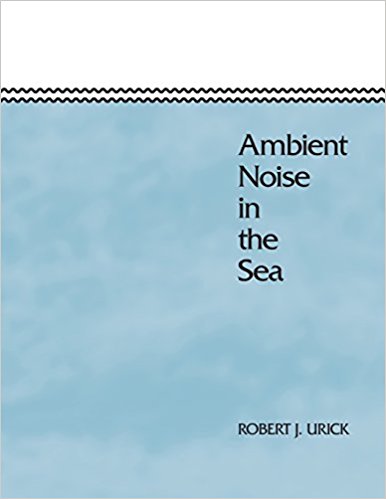
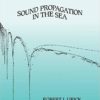

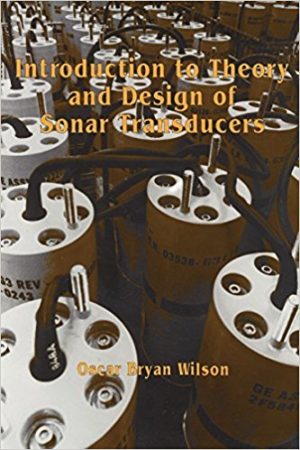
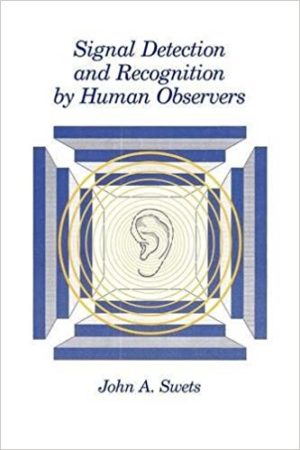

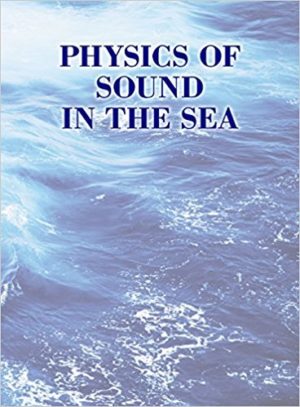
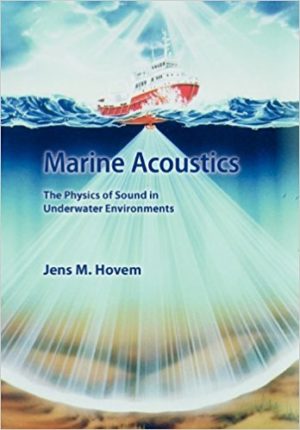
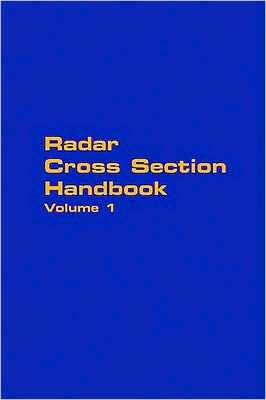
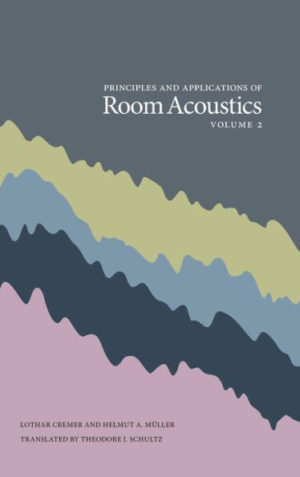
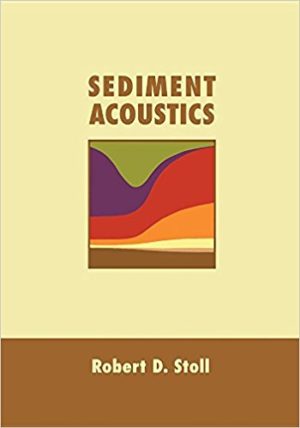
Be the first to review “Ambient Noise in the Sea”